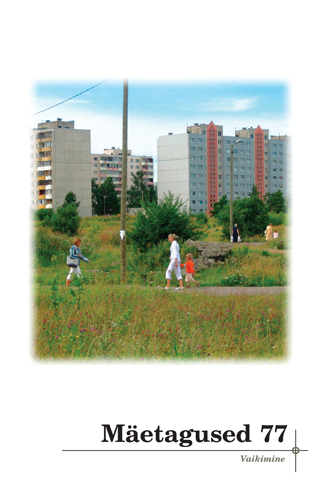Vaiksed kohad
Silent places
Author(s): Mari-Ann RemmelSubject(s): Customs / Folklore, Cultural Anthropology / Ethnology, Culture and social structure
Published by: Eesti Kirjandusmuuseum
Keywords: fieldwork; landscape; natural holy places; place lore; settlement
Summary/Abstract: The article is based on materials collected during fieldwork focusing on mapping place lore objects, including natural holy places, as well as the author’s personal experience. The main focus lies on so-called silent places with scant data in the archives, and also the places difficult to identify in today’s landscape without a local guide. The oldest lore narratives were written down about one and a half centuries ago. Since then landscapes have been extensively rearranged, which has brought about changes in people’s way of life, their recollections of place lore narratives, and the appearance of lore places, sometimes also in their names. Northern and western Estonian hiis (holy grove) lore, for example, manifests fragmentariness and fast fading during the Soviet period. Researchers fulfilling their primary assignment within fieldwork can find themselves in rather wild conditions and therefore the romance that is perceived while reading older holy place lore tends to fade away quickly in reality.The article emphasises that meaningful places speak, first and foremost, through people; most regions have had their own key persons with a sense of mission, thanks to whom we have archival data in the first place. The author highlights the problems of today’s fieldwork, for example, difficulties in finding a well-informed guide, as consistent lore information with its carriers has often shifted away from the vicinity of the historical object and has to be searched for somewhere else. It is not seldom that links between narratives and places cannot be established anymore, as the object has been destroyed, the initial data are too scarce, or the connecting link or the person who has information is missing. So a stone, a hillock, or a spring remains silent until new people come to create new connections. On the other hand, if we interpret archival lore and old maps sensibly and competently, these silent places can sometimes be turned into eloquent ones again. But do today’s people still understand what they are saying? In any case, fieldwork results can be interesting both for guides and those establishing local identity.
Journal: Mäetagused. Hüperajakiri
- Issue Year: 2020
- Issue No: 77
- Page Range: 117-144
- Page Count: 28
- Language: Estonian

